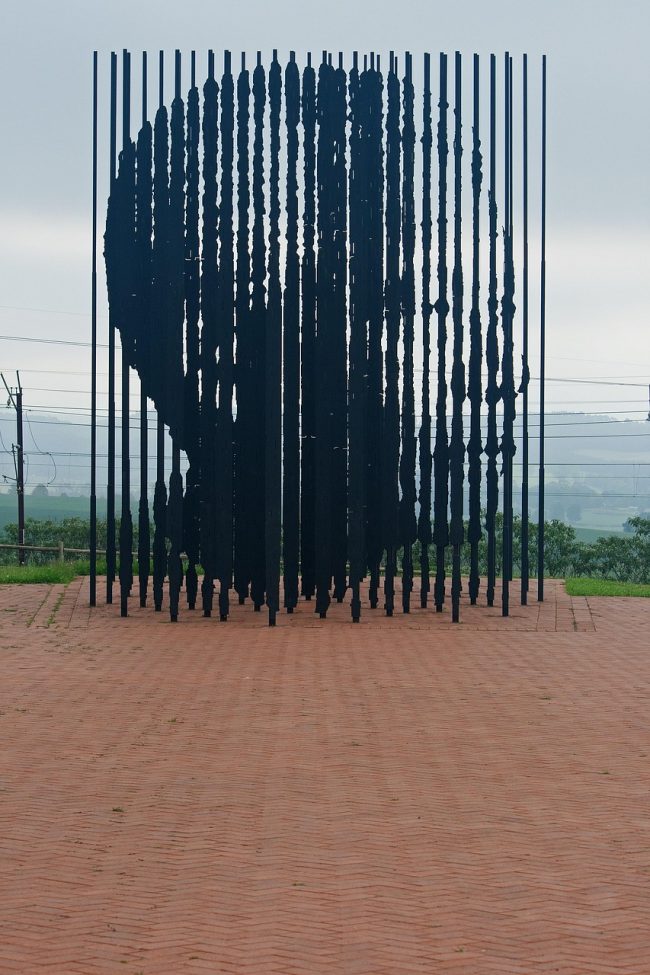Mandela: Twenty years of Freedom

20 years after Nelson Mandela’s arrival from his long walk to freedom, an assessment of the state of affairs in South Africa would be worthwhile. Is the country the rainbow nation Madiba envisaged upon his ascension to the presidency?
On the positive side of the equation one must commend the continued existence of democracy, the successful transition of power from Nelson Mandela to Thabo Mbeki and finally Jacob Zuma. This is no mean feat in a continent where independence winning leaders almost invariably transform into autocratic presidents-for-life.
Indeed the initial prognosis for South African democracy was pretty bleak. The battle against the white authorities of the country turned quickly into black on black violence. Although the political conflict has abated, the attacks of native South Africans on their black brethren has continued and indeed worsened with crime becoming the greatest threat to the nation’s democracy.
Besides the aforementioned criminal attacks, a more insidious form of racism had been added to the negative side of the democratic equation in South Africa. This has manifested itself in the form of violence by bloodthirsty mobs of natives against their black counterparts from other parts of Africa, particularly Zimbabwe. These incidents are all the more poignant considering the sacrifice of Zimbabweans during their years as citizens of one of the Frontline states in the battle against apartheid South Africa.
South Africa has been particularly hard hit by HIV/AIDS, the level of infection in the country being the highest in Africa. This is somewhat ironic considering the fact that it has the most advanced healthcare facilities on the whole continent.
20 years after his release, Mandela’s South Africa is still very much a work in progress.
